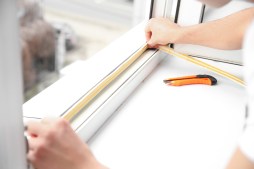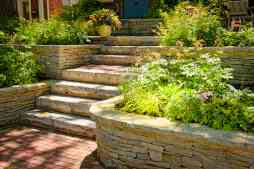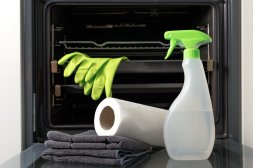The Best Materials and Tools for Repairing Gaps in Hardwood Floors
Gaps in hardwood floors can be an eyesore and may even lead to further damage if left unaddressed. Whether these gaps are caused by changes in humidity, natural wood shrinkage, or installation issues, repairing them promptly is essential to maintain the beauty and integrity of your flooring. In this article, we’ll explore the best materials and tools you need to effectively fix gaps in hardwood floors.
Understanding the Causes of Gaps in Hardwood Floors
Before diving into repairs, it’s important to understand why gaps appear between hardwood floorboards. Most commonly, gaps form due to seasonal fluctuations in humidity causing wood to expand and contract. Additionally, improper installation or subfloor movement can create wider spaces over time. Knowing the cause helps determine the best repair approach.
Essential Materials for Repairing Gaps
There are several materials suited for filling gaps depending on their size and location. Wood filler is ideal for small cracks as it blends well with the floor’s color but isn’t flexible enough for larger spaces that move with temperature changes. For wider or active gaps, using rope-like materials such as oak or cork strips provides a more durable solution since they expand and contract with the wood naturally.
Top Tools Needed for Hardwood Floor Gap Repairs
To repair hardwood floor gaps effectively, having the right tools makes all the difference. A putty knife helps apply wood filler smoothly into small cracks. For larger repairs involving strips or rope fillers, a utility knife is useful for cutting material precisely while a hammer and chisel assist in cleaning out debris from deeper grooves before filling.
Step-by-Step Guide to Filling Gaps Using Wood Filler
Start by cleaning out any dust or debris from the gap using a vacuum or brush. Next, select a wood filler that matches your floor color closely; apply it into the gap with a putty knife pressing firmly to fill completely. Allow it to dry fully before lightly sanding down any excess so it’s flush with surrounding boards. Finally, apply a finish matching your floor’s sheen for seamless blending.
Maintaining Your Hardwood Floors Post-Repair
After fixing gaps, consistent maintenance keeps your floors looking great longer. Maintain stable indoor humidity levels using humidifiers during dry seasons to prevent new shrinkage-related gaps from forming. Regular cleaning with suitable products avoids buildup that could damage finishes or cause swelling of wood fibers around repaired areas.
Fixing gaps in hardwood floors doesn’t have to be complicated when you know which materials and tools work best together. By understanding causes, selecting proper fillers like wood putty or flexible strips, using appropriate tools carefully, and maintaining your floors afterward you can restore both function and beauty efficiently.
This text was generated using a large language model, and select text has been reviewed and moderated for purposes such as readability.











